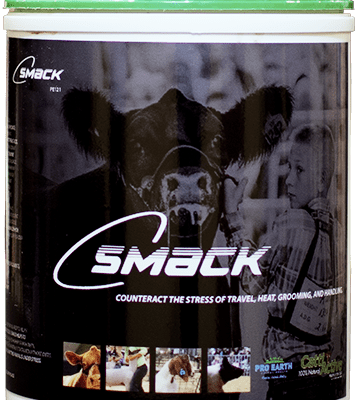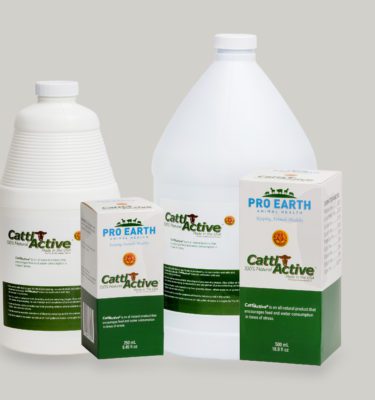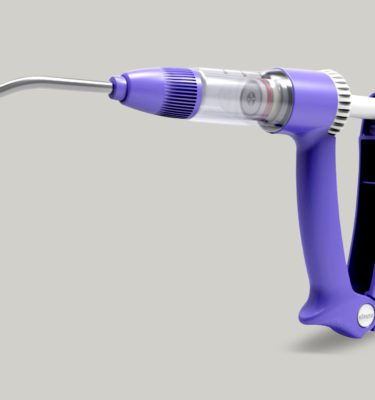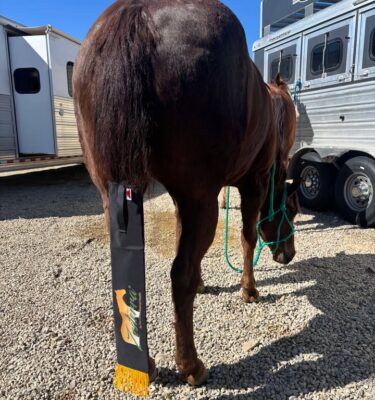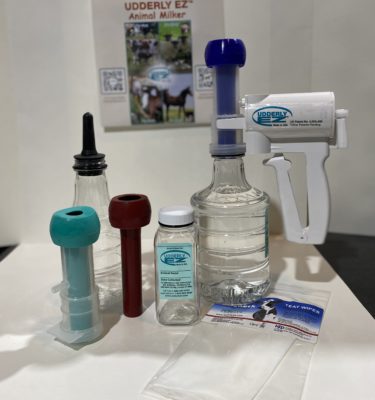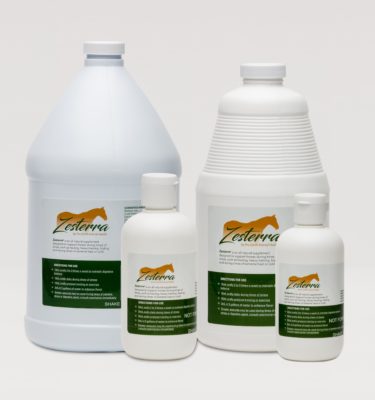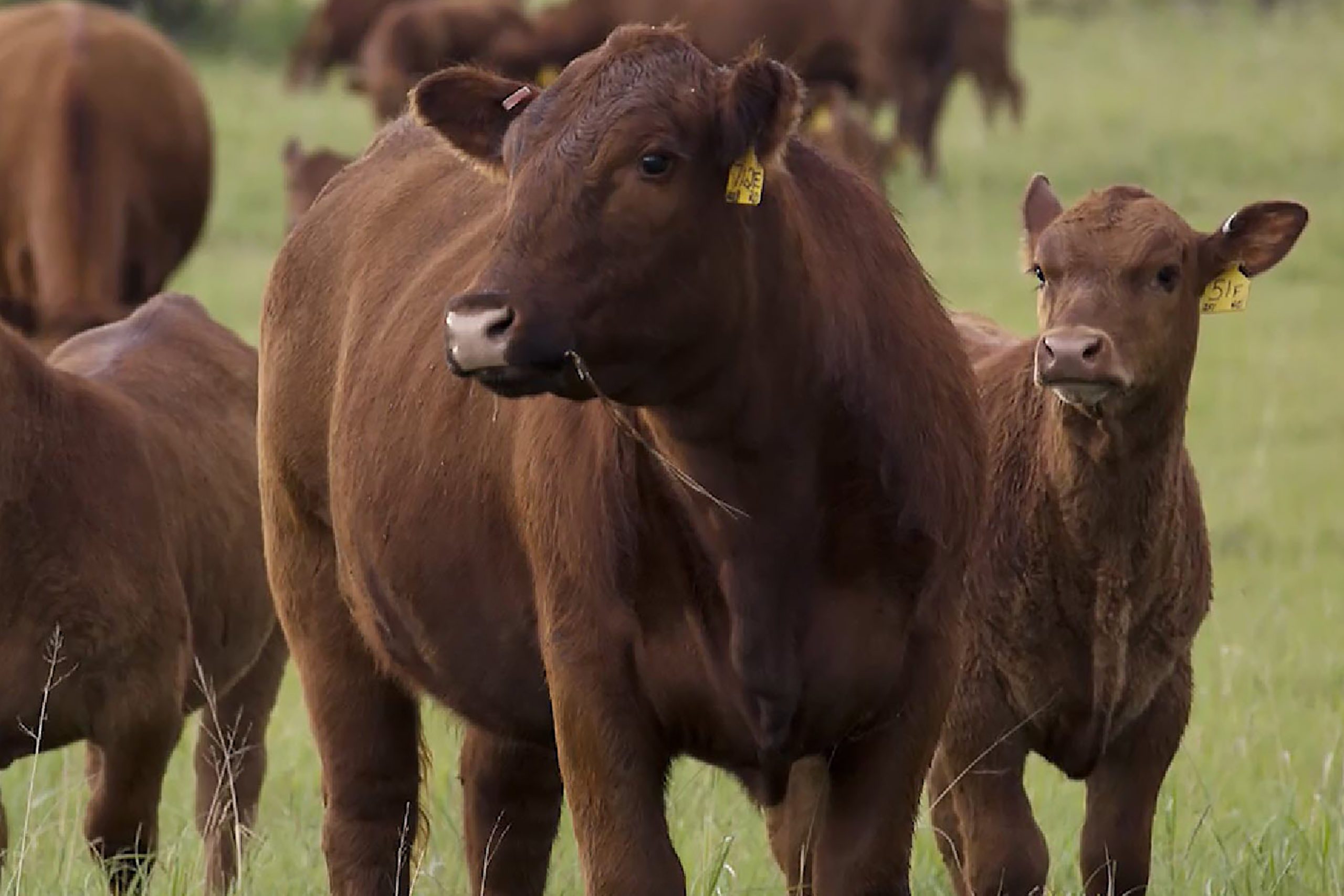
Ranchers who want to know how to improve the profitability of cow-calf operations must understand how many factors play into the costs and earnings of this endeavor. It is possible to turn a profit from raising beef cattle, but producers need to provide everything for the animals until their sale. When an operation is small, though, every dollar spent must be an investment in the overall cattle production.
The USDA Economic Research Service collates data for various farm products across the country. The average cost of maintaining cattle from 2008 through 2018 was $562.23 per head. Adding the overhead costs of running a ranch, the total rises to $1,374.45 per head. Operating costs factored into this maintenance price per animal were graze feed, fed feed, purchased feed, harvested feed, vet bills, medicine, bedding, marketing, lube, fuel, electricity, repairs and interest on costs.
Costs of raising cattle are not stagnant. While operating expenses have slightly increased overall since 1996, in some years, the price tag was much higher. For example, in 2014, the operating costs per cow reached a high of $628.47 per head. That year, though, overhead budgets, including pasture maintenance costs, were lower, bringing the total to just a dollar below 2018’s total, $1,375.63. The real factor behind rising costs for cattle ranchers has appeared in overhead expenditures, which more than doubled from $387.24 in 1996 to $812.22 in 2018. To make up for these rising overhead costs, the rancher must do everything possible to improve the profitability per animal.
Producers typically have small herds. Just under half, 45.6%, of all beef cows came from farms with fewer than 100 cattle. Fewer cows correlate to spending less time on beef production. Those with fewer than 50 cows averaged only 28.6% of their time in caring for the operation, whereas 47.3% of those with farms up to 100 cows did. These numbers still relate to cattle producers spending a minority of time raising their animals, which means a smaller margin of error in things that improve profitability.
Profitable cattle ranching, though, is a possibility, with a mixture of skill and luck. The factors affecting profitability fall into two categories: those that are under the producer’s control, and those that are not. When ranchers make the most of changeable factors, they will help offset issues beyond their control, such as weather or increased feed costs.
Jump to Key Section
- Major Factors Impacting Cow-Calf Operations
- Tips for Improving the Profitability of Cow-Calf Operations
Major Factors Impacting Cow-Calf Operations
When it comes to profits, several factors are under the ranchers’ control, while others are not. Understanding the factors behind ranch operations that influence earnings and debt-to-equity ratio, a producer will be able to change the profits from the ranch.
1. Percent of Mothers Weaning a Calf
Choosing when to cull females that fail to produce calves affects the amount of feed used throughout the year, as well as income earned. Ideally, ranchers want to maximize the number of females weaning calves, which will increase operations profits from sales of young animals. Females that do not produce a calf use resources without generating income in the form of a saleable calf. Early culling of females without calves can positively affect operating costs.
2. Calves’ Weaning Weight
The weight at which a producer weans calves determines those animals’ final selling price. When to wean calves is a decision that rests solely on the shoulders of the rancher, who must balance the calves’ health and weight to the milk production, pasture conditions and age. Weaned calves and culled low-fertile females account for the majority of income in operations, both of which the rancher directly influences without external forces.
3. Overall Cow Nutrition
Keeping up with the nutrition of cattle helps them gain weight as needed. Heavier calves that stay healthy can sell for higher prices. The cost of feed, though, impacts operations. How many acres needed per cow and the ranch size affect the total amount spent on raising the animals. Across all cow-calf operation sizes, the majority, 93.7%, owned their land for cattle grazing.
4. Cattle Stress
Cattle stress can significantly impact the health of animals in a herd, which ties to cow-calf profits. Separation and handling stress can occur at weaning for the calves and at birth for the mothers. Reducing stress does more than keep the animals happy. Less stressed cattle have healthier immune systems, and vaccines work better because excessive stress levels negatively impact the effectiveness of immunizations.
5. Price Received for Weaned Animals
While market conditions will influence the amount received for weaned animals, some aspects of the price fall within the rancher’s influence. Selecting the best cattle with marketable attributes for raising can help when working toward profitable cattle ranching. Beyond keeping the animals healthy and reaching a good weight, there is little else a rancher can do to affect the price received for weaned calves.
6. Environment
The environment plays a direct factor in the percentage of weaned calves. Longer or shorter winters can cause minor fluctuations in the rates, but other environmental factors also play a role. Air pollution and mineral depletion in the soil can affect the health of cows and their calves.
For example, in Montgomery County, Tenn., the soil already lacks adequate copper and selenium. Forage for cow-calf operations did not have enough of these minerals. The problem increased when nearby coal plants started burning sulfur-containing fuel that bound what little copper and selenium the cows had available. The weaning rate in this area is only 78%. Adding cattle supplements to feed with the lacking minerals can help the problem as long as the practice remains economically feasible.
7. Breed
The breeds of cattle used can also affect the weaning rate and profitability. For instance, in Florida, weaning rates have dropped because operators prefer using single-breed animals instead of crossbreeds. The crossbred cattle could improve weaning rates by creating herds better adapted to the environmental challenges of heat, humidity and low-quality forage. Producers do not seek such opportunities, however, due to the higher costs of choosing better-bred animals.
While economically, in Florida, choosing more crossbreeds may not make economic sense, it could improve operations in other parts of the country by selecting cows that have more natural abilities to thrive in the local environment.
By selectively crossbreeding cows to be superior to their parents, weaning rates and productivity can both improve. Maternal heterosis offers the cheapest, most effective means of increasing weaning rate without breaking the budget. With better weaning rates, profits may increase, depending on the region.
Tips for Improving the Profitability of Cow-Calf Operations
When it comes to changing how much ranchers make per cow, keeping the animals healthy is key. But other factors will help producers find what is the most profitable way to raise cattle for beef production. Pricing, animal stress, nutrition and weaning are among the factors that can help raise profit margins.
1. Maintain Animal Health
Keeping up animal health reduces the costs of treating sick cows and the economic loss of lower-weight cows and deaths.
Part of ensuring the long-term health of cows requires preventing diseases. For large-scale cow-calf producers, vaccinations are standard. Farms of between 100 and 199 cows reported 95.9% of them vaccinated their herds, while 92.1% of producers with over 200 cows inoculated their animals. Compare that to only 59.4% of small-scale producers with fewer than 50 cows that vaccinated. Vaccinating animals can help boost their immune systems and protect them from diseases such as shipping fever, also called bovine respiratory disease. Against this specific condition, only 26.3% of producers with up to 49 cows vaccinated, while 82% of operations with over 200 animals did.
Vaccinating against preventable diseases may add to the costs of raising the cows, but it can prevent loss from animal death and lower-weight cows that sell for less. Because each animal contributes a higher percentage to the total profits earned, small-scale producers must do everything possible to maintain animal health.
Hiring a local veterinarian to assess and help maintain the herd’s health may be an investment, but it can provide access to vaccinations and give the producer advice on diseases that could affect the health of the cows.
2. Reduce Cattle Stress
Cows and calves experience significant levels of stress at various times during the seasons. At birth and during weaning, both calves and their mothers see high levels of stress that can affect their health. To ensure the healthiest herd, inoculating cows against disease, providing quality feed and giving freshwater are not the only things that will help cows live their healthiest lives.
Reducing stress in cows requires them to eat and drink enough to keep up their nutrition requirements. When cows experience ruminal acidosis, supplementing their diet with CattlActive® can help the pH balance of rumen in their digestive systems, which can help them eat enough to recover from stressful times. When cows have low stress, their immune systems will work more efficiently and swiftly.
3. Make Birthing and Weaning Changes
In some regions with lower weaning rates, such as Florida, shortening the weaning season could help. For instance, removing cows that do not produce as well and reducing Florida’s standard weaning season of 120 to 180 days could lead to an improvement in weaning rate from 82% to 85% in three years.
In other parts of the country, such as the Midwest, breeding cows earlier to produce heavier weaned calves influences profits. California, however, already has a high weaning rate and particular problems with its herds to warrant maintaining its current status quo.
Even for small-scale operators who do not have specific weaning seasons, controlling the herd and making decisions based on maximizing its economic value are essential. Culling non-pregnant or low-fertile females early will prevent the extra cost of feeding and maintaining them throughout the year. The earlier producers can cull open cows, the more money they can save and the higher the profits from the operation.
4. Offer Adequate Nutrition
Offering adequate nutrition to cattle ensures they stay at a healthy weight to re-breed. When cows do not have an optimum body condition score (BCS) after giving birth, they will be less likely to have a successful breed back. To maintain nutrient levels, farmers must recognize the higher nutritional needs of cattle just before giving birth and while lactating. Meeting these needs through adjusting the feed for the animals will keep the cows from losing weight.
Changing food availability and nutrient needs can stress an animal’s digestive system, which relies on balance. Signs of digestive problems such as acidosis include weight loss, refusal to eat or drink, unusual behavior, high pulse rate and lethargy. These symptoms necessitate immediate action to prevent permanent damage to the health of the animal. Re-regulating the system with supplementation can help the cow’s digestive system to restore itself.
When the animals have enough nutrition, they will produce healthier calves and be more likely to continue breeding in the future.
5. Choose Forward Pricing
Forward pricing allows farmers to set a price above the break-even point. Regardless of what happens in the market later in the season when the sales occur, the amount agreed upon at the beginning of the season stands. A minority of operators, 2.3%, with up to 49 cattle use this strategy. Among operators with 50 to 99 cows, 3.1% chose forward pricing. Large-scale operations, though, select this option more often, accounting for 15.4% of operators.
Selling larger lots of cows can also increase pricing and make buyers more likely to purchase from a single group. Having a large lot with several uniform calves can improve the selling price, increasing profits.
The downside to choosing forward pricing is the legally binding nature of this pricing system. Farmers must promise a set number of cows for delivery at the agreed-upon price. As long as producers keep up with the health and reproduction of the cows, the guaranteed number of cows should be ready at sale time.
6. Sell Higher-Value Calves
Choosing animals that will fetch a higher price will affect profits. The breeds sold depend on the region of the country, but crossbreeds often sell at a premium price compared to single-breed animals. For example, in Florida, compared to the usual Brahman/Angus mix, an Angus crossed with Hereford gets $5.76 more.
Calves with horns negatively affect the price because the horns can damage the animals and require the additional cost of removal. Polling or dehorning calves can improve their selling price.
When cows give birth to male calves, producers must choose whether to castrate the animals. Steer calves sell for more at auction, at an average of $8 to $10 more, compared to heifers. Bulls do not sell for as high a price as steer calves. Castrating males will improve the amount received at auction.
Discover How CattlActive® Can Help
Cattle stress can affect the health and well-being of each animal maintained. CattlActive® has a palatable formula that encourages cows to eat and drink by neutralizing the acid. Once a cow begins regularly consuming healing feed, both its stress levels and overall health can improve. Through this all-natural formula, producers can see better gains in the cattle as the animals increase their nutrient intake. Make a purchase or get answers to questions from us. For more information, ask one of our consultants.
Related Posts
How Does the Digestive System Work in a Cow: Understanding the Ruminant Digestive System
Prebiotics: What They Are and What They Do
Understanding Adaptive Immunity
Sources:
- https://proearthanimalhealth.com/cattlactive/cow-calf/
- https://proearthanimalhealth.com/product/cattlactive/
- https://www.northernag.net/what-influences-profit-for-cow-calf-operations-and-what-can-you-control/
- https://edis.ifas.ufl.edu/an278
- https://www.aphis.usda.gov/animal_health/nahms/smallscale/downloads/Small_scale_beef.pdf
- https://www.ers.usda.gov/webdocs/DataFiles/47913/CowCalfCostReturn.xlsx?v=68
- https://www.beefmagazine.com/cowcalfweekly/0624-pushing-weaning-envelope
- https://proearthanimalhealth.com/how-does-the-digestive-system-work-in-a-cow-understanding-the-ruminant-digestive-system/
- https://proearthanimalhealth.com/mineral-supplementation-a-summer-essential/
- https://proearthanimalhealth.com/herd-health-vaccinations/
- https://www.beefmagazine.com/weaning/weaning-basics-help-keep-calves-healthy

